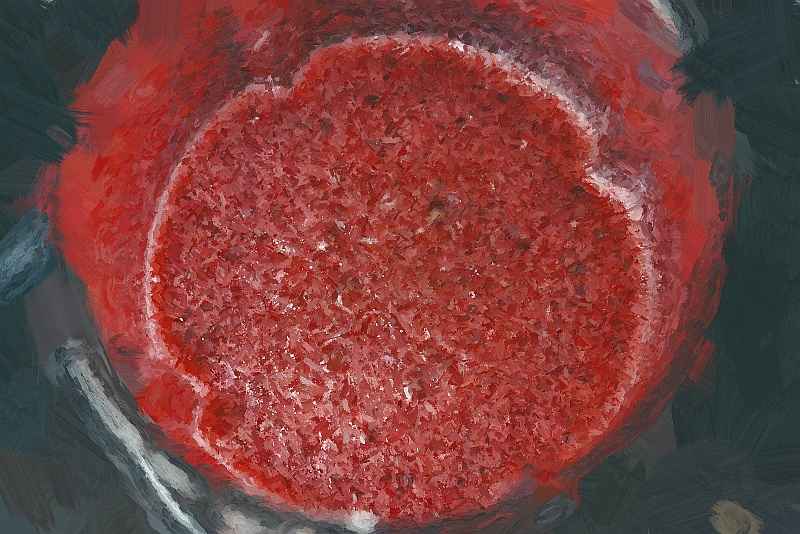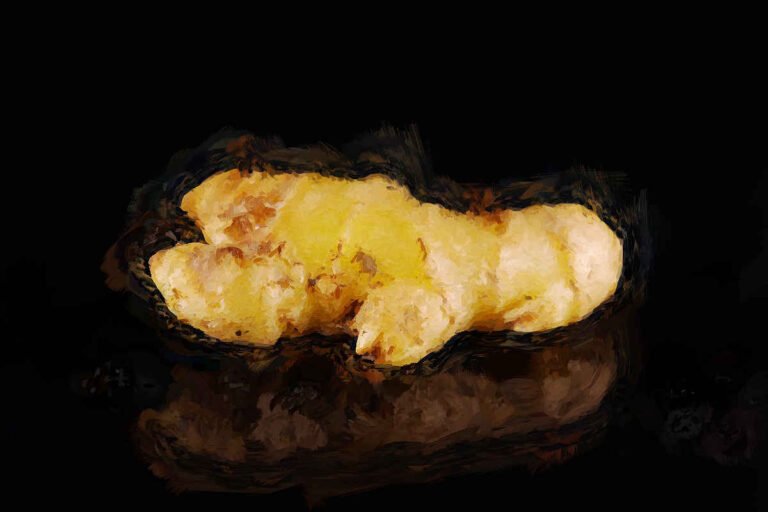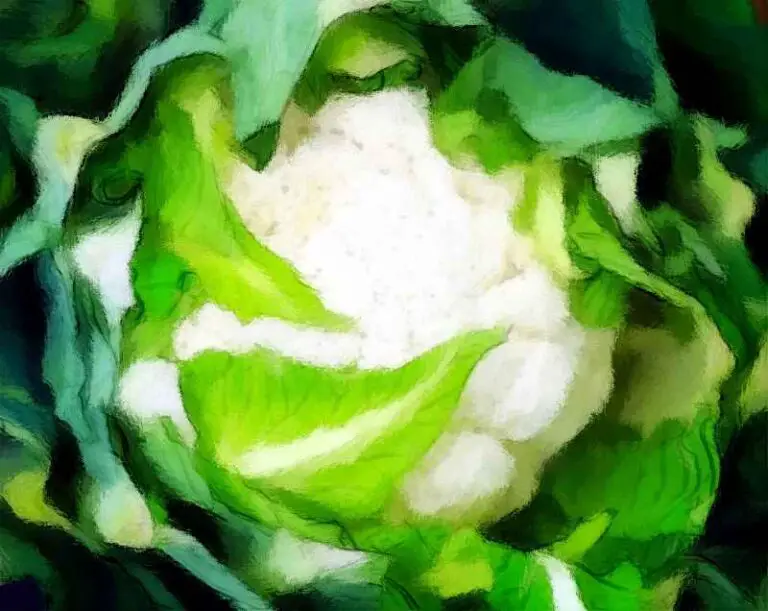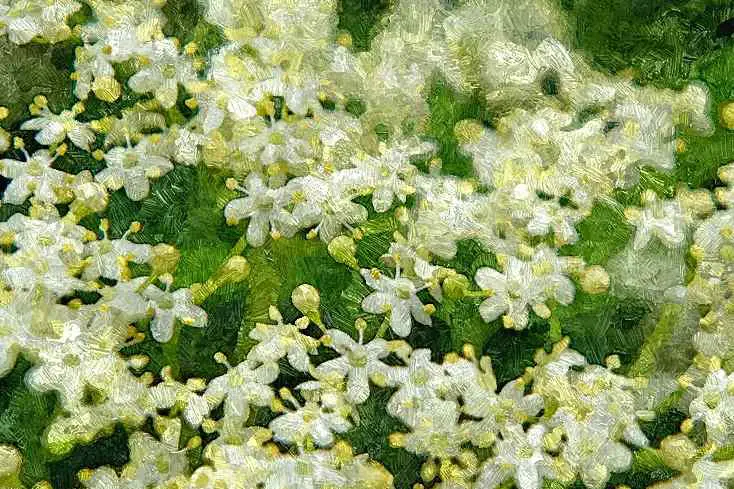Beetroot Kvass Recipe That Tastes Delicious – FOR REAL
Russian beetroot kvass does NOT contain SALT, does NOT contain WHEY and it’s NOT lacto-fermented either. Check out the REAL recipe.
When the majority of westerners think about beetroot kvass ( or beet kvass, depending on where you are from ) they immediately associate it with salt.
And those who have tried to make it at home following one of the many online recipes also immediately think “ gosh, that tasted awful! “
“Oh I bet it does!” I would add…
So, many, after making it once or twice, abandon the endeavour due the horrible tasting experience.
Don’t get me wrong, drinking brine from any fermented vegetables like sauerkraut, tomatoes and even fruit discards, like pickled watermelon rinds, is VERY beneficial to the body.
So beneficial that we all should make a habit of consuming it on a regular basis.
But let’s not digress.
Back to the REAL Russian beetroot kvass.
The emphasis on the world “real” is mandatory, given that nearly every recipe claiming to teach you how to make it at home has nothing to do with what Russians have made for centuries.
This is because bloggers are more concerned about shooting out articles than they are about researching; let alone having a first hand experience of what they write about.
So I am now going to call out all the nonsense statements one by one.
Myth Busting
Nonsense number one:
“To make beet kvass you need salt”.
FALSE.
Russian beet kvass has never seen a grain of salt, not even from afar.
Just like the sourdough bread version is made with sugar, ALL traditional kvasses are.
Using salt is something someone must have came up along the way when trying, I assume, to pickle beetroots as if they were cucumbers.
And since then it has become the “official” version of the drink, especially in the US.
But it has nothing to do with the original version.
Nonsense two:
“To ferment beet kvass you need to add whey”
NO YOU DON’T.
Don’t you think the Russians, who have lived off the land, raised animals and fermented stuff for hundreds of years would have added whey to their kvasses if it were necessary?
Personally I think they would have.
And I also think that the web pervading whey frenzy has begun with a certain book ( awesome book btw ) and has been passed on, once again, from blogger to blogger from copied recipe to copied recipe.
I mean, whey is a wonderful thing, but like all wonderful things it has its places and purposes, like making Blaand for example.
Beet kvass is not one of such places though.
Nonsense three:
“Beetroot kvass is a lacto fermented product”.
NO, IT IS NOT.
Lacto-fermented beets are but beet kvass is not.
In fact, it is obtained thanks to an alcoholic fermentation.
Yeasts, present in beetroots and / or added via a starter, transform sugars and starches into alcohol and excrete CO2 as a byproduct.
Furthermore, the so called sugar to alcohol fermentation is the pathway that beets, being so rich in sugar, would naturally take.
In essence, attempting to force beetroots into a lacto-fermentation with salt equals pushing them down an unnatural road.
That alone is one of the main reasons why people often have to deal with mould and other unwanted guests in their ferment.
To recap : no salt and no whey.
Opposite to beetroot wine, where beets are fermented after being cooked, when we make Russian kvass we use them in their raw form.
In that aspect we can say that it is quite similar to beet beer, but, at the same time, it differentiates from it because of its negligible alcohol content.
In fact, even though a tiny amount of alcohol is formed during fermentation, the content is so low, usually 1-1.5% abv, that it can be considered a non alcoholic beverage.
Russian Beetroot Kvass – THE RECIPE
INGREDIENTS
- 1 Kg / 2.2 lbs of beetroots
- 4L / 1 gallon of water
- 6 tbsp of sugar
- 2 pinches of salt
- active sourdough starter
STEPS
- Peel the beets, grate them and place them into a big bowl
- Pour all water over the beetroots, cover the bowl with a lid or a cloth and let it sit overnight
- Put sugar and salt in a jar
- Filter beets and liquid through a colander or a sieve
- Pour all the purple liquid in the jar then add 1-2 tbsp of sourdough starter
- Stir vigorously to dissolve sugar, mix the starter in and incorporate oxygen
- Seal and let it ferment at room temperature ( 20 Celsius / 69 Fahrenheit and above ) for 48 hours shaking the jar once or twice a day
- Add 1 tsp of sugar to every 1L / 1Qt bottle then pour the liquid in
- Shake to dissolve sugar, seal and let ferment for 48 to 72 more hours
TIPS
Starter wise, it does not have to be sourdough.
It could be water kefir, another fermented soda you previously made ( like white kvass or tepache ), a yeast water and even ginger beer.
You could opt for the natural yeasts already present in and on fruit and use a handful of raisins or simply decide to use a slice of stale sourdough bread you baked a few days prior.
Or you could go without a starter all together as beetroots, if organically grown and not sprayed, have enough yeasts on their own to start the fermentation.
If you go down the starter-less road know that you might need to leave your jar open for a couple of days to allow wild yeasts to colonise the brew.
In our kitchen, sourdough starter is usually the number one choice as it’s always available to us, doesn’t have a strong and distinct flavour and is a very very stable yeast culture.
Flavouring too is something to keep in mind; the starter you use can, in fact, leave its own fingerprint in the brew.
A fingerprint that you CAN control to achieve a certain flavour profile and a fingerprint that you WANT to control to avoid nasty ones.
That is why fermenters often choose a method called backslopping to kick start their next batch.
It’s also simple, easy and very reliable.
This is how it works.
Let’s say you have just made your first beetroot kvass and you are pleased with how it tastes.
The nice flavour you are experiencing is partially due to the quality of beets, sugar and water and partially to the yeasts that nature has spontaneously selected in your brew.
That’s great and it does not happen all the time.
So now you want to preserve that flavour and reproduce it in all your future drinks.
To do that just put aside 250ml / 1 cup of that kvass in the refrigerator and use it as the starter for your next brews.
Very simple yet very effective and efficient.
What Does Beet Kvas Taste Like?
Let’s start with what it does NOT taste like.
Dirt. It does not taste like dirt.
Without wanting to offend beetroots in any way, I think we can all agree on the fact that they often taste like soil.
Well, fermentation will magically make such unpleasant taste disappear.
Other than that beetroot kvass tastes rich, deep, tangy-to-sour but it still preserves some of its sweetness.
Overall it’s a very very pleasant drink and provides many benefits to the body.
But if you are concerned you won’t like it as is you can always use it as one of the ingredients in smoothies and fermented cocktails.
Benefits Of Russian Beetroot Kvass
Beets contain significant amount of Vitamin C, folate, nitrates and particular pigments that are known to help lower blood pressure.
On top of that they contain vitamin B6, vitamin A, magnesium, phosphorus, potassium, manganese and iron.
If you pair that with fermentation, known to increase nutritional value and bio availability of food, it’s easy to understand why the Russians would drink beet kvass as a tonic.
Also let’s not forget about the probiotics contained in fermented food which are incredibly beneficial to our intestines, microbiome and immune system.
How To Know When Beet Kvass Is Ready
As explained in the recipe above, after completing the second fermentation the drink is officially ready.
In all fairness though, it would be ready and delicious even after the first fermentation; the only difference would be in the sugar content.
If you like your beet kvass to still be quite sweet you could start drinking it after the first fermentation or could reduce the second one to 36 hours.
Personally I always taste my ferments along the way as I am very aware that I am dealing with living organisms and variables that I cannot control and predict.
So my advice for you is to taste anything you ferment.
That way you will always drink or eat something that you are fully happy with.
It is important to remember that fermented drinks, and this one in particular, will produce significant amounts of CO2, making them very dangerous if stored in glass.
Plastic bottles are a must, especially if priming is involved.
SHELF LIFE Of Beet Kvass
It is very safe to say that once the second fermentation is completed kvass will be very good to drink for a few days if kept inside the refrigerator.
After that, as fermentation continues even in cold temperatures, it will become quite tangy and will take up a vinegar like taste that you might not like.
It’s not spoiled, just very very sour.
How To Increase The Alcohol Content Of Beetroot Kvas
The alcohol content of any fermented liquid is determined by three factors: sugar amount, fermentation time and yeast profile.
As a rule of thumb if you increase the sugar content and the fermentation time of a given liquid you will obtain a beverage with a higher abv.
What stated above is true to an extent though, as not all sugar is converted into alcohol.
In fact the total amount actually transformed into alcohol depends on the “quality” of the yeasts used.
Know that if you intend to wild ferment your beetroot kvass the maximum percentage the drink will reach is probably around 7 or 8%.
This is because wild yeasts cannot survive in very alcoholic liquids and will begin to die.
Wild fermentation is great for low abv and beer like drinks but if our goal is to make wine we have to bring the big guns aka commercial yeast.
Champagne yeast is usually number one choice because of its resistance to higher alcohol contents and suitability for sparkling drinks.
Whether your choice will be a beer kvass or a beetroot wine know that to make your life easier you will need some equipment.
A refractometer to check the sugar level in the initial liquid, a brewing vessel like a carboy or similar and an airlock to keep your brew in check without exposing it to spoilage.
Overall the process is very straightforward, just a little longer.
So here you have it: real Russian beetroot kvass made easy, REALLY easy!
As always we look forward to knowing if you made it and how it turned out.
Did you make any changes or improvements?
Let us know by leaving a comment below.
See you soon.
PSSSSSTTTTT…HEY… did you see our fermented elderflower lemonade & champagne recipes?








How should we best use water kefir as a starter culture? Would 1 cup of 3 day fermented water kefir suffice?
Hi,
as you can imagine every water kefir is different but, as a rule of thumb, 1 cup/4Litres would be plenty to effectively start the fermentation.
What can speed up or slow down fermentation is your room temperature: cool will mean a slower start, warm a faster one.
i don’t understand your instructions. At step 6 – after you filter the beets out – are you discarding the beets and just keeping the liquid?
Step 8 – i’m adding sugar a second time? This is just for taste?
Regarding using plastic bottles – why not use a canning lid with an escape valve for trapped CO2?
Hi Scott
I have the feeling you have mistaken Beetroot Kvass for lacto-fermented beetroots. As explained in the post, and in spite of the confusion generated by so many websites, they are two completely different fermented products with beetroot kvass being a fizzy drink and lacto fermented beetroots being…well…lacto fermented beetroots.
If that’s the case you can read how to make them here > https://fermenting.studio/food/lacto-fermented-beets-2-easy-and-tested-recipes/
To answer your questions:
“At step 6 – after you filter the beets out – are you discarding the beets and just keeping the liquid?”
Yes, because we are making a fermented drink and we do exactly what we would if we were making beer or wine.
“i’m adding sugar a second time? This is just for taste?”
No it is not just for taste. By adding sugar to every bottle (priming) you are refermenting the drink in the bottles and creating carbonation aka a fizzy drink.
“Regarding using plastic bottles – why not use a canning lid with an escape valve for trapped CO2?”
Because you want to trap that CO2 in order to render a sparkling drink.
I have done some researching and no where says Russian beet kvass is not lactofermented. Results will tell you the current and original is lactofermented and that lactoferment does produce fizz as C02 is produced. If I bias the search to include alcohol fermentation the best result is a mixture of lacto and alcohol fermentation, no source other than this site says only alcohol fermentation is the original process. Can you link some credentials on the origin of beet kvass and the fermentation process? Many thanks!
Beet Kvass is a fermented soft drink and as such is made via an alcoholic fermentation. Adding whey, like many do even though it’s an unnecessary step, does not make it a lacto-fermented drink! What makes a drink lacto fermented is salt an there is no use of salt, other than a pinch if you wish to add extra nutrition for you yeasts, in making Beet Kvass.
If you don’t trust my website you can easily pull many results from a simple internet search; I can so I am sure you’ll find some extra info as well.